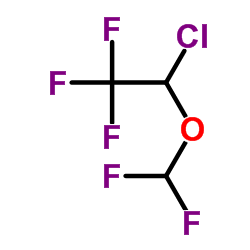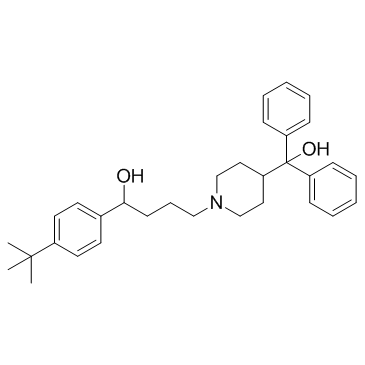| Structure | Name/CAS No. | Articles |
|---|---|---|
 |
Isoflurane
CAS:26675-46-7 |
|
 |
Terfenadine
CAS:50679-08-8 |
|
 |
Cetirizine Dihydrochloride
CAS:83881-52-1 |